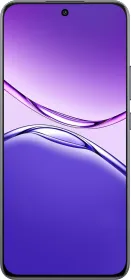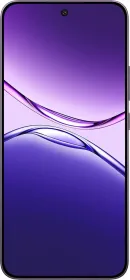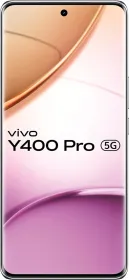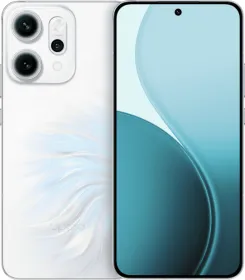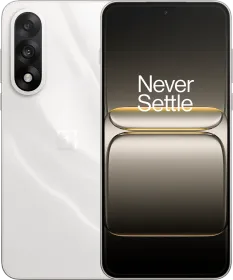TL;DR
- Google is working on some smart glasses with an in-built display, microphone, and speaker.
- For input, the smart glasses rely on touch, voice, or gesture. Interestingly, the device also supports what the patent mentions as “gaze tracking.”
For a long time, companies have tried to make smart glasses with built-in displays. We’ve also seen some visions turn into reality with products like Vuzix Z100 and Magic Leap 2. Now, it looks like the Alphabet-owned giant Google is working on a similar product, which includes built-in displays in smart glasses.
Also Read: Apple To Spruce Up Vision Pro’s Gaming Abilities By Launching Support For Sony’s PSVR 2: Report
Google’s Smart Glasses Might Include Eye Tracking


According to a new document published by the National Intellectual Property Administration of China, Google is working on some smart glasses with an in-built display, microphone, and speaker. Further, the device also has eye-tracking, which might help go through the interface based on their eye movements.
For input, the smart glasses rely on touch, voice, or gesture. Interestingly, the device also supports what the patent mentions as “gaze tracking,” something that seems to be related to looking at a subject for more than a few seconds. This could trigger the speakers or the display on the glasses, which could then show some information about the subject.
Also Read: Samsung Galaxy S25 Series Launching Early 2025: Here’s Everything We Know So Far
The Glasses Will Rely On Companion Smartphone For Resource-Heavy Processing

Like the Ray-Ban Meta glasses, Google’s smart glasses feature cameras for viewing the surroundings. Then, the glass could leverage the companion smartphone’s machine-learning abilities to show some information, such as Google ratings, menus, directions to a place, etc. In other words, the device could be an accessory.
As mentioned in the document, the patent is about “implementations set forth herein relate to an automated assistant that is accessible via wearable computerized glasses, and that can render selectable suggestions at an interface of the computerized glasses based on the features of an environment of the user.” From what it sounds like, the device might use augmented reality in some ways.
Google applied for the patent on October 18, 2022, and received it on November 11, 2024. However, whether or not it will turn into a real product is something that lies in the depths of the future.
Also Read: One UI 7 App Archiving Helps Better Manage App Storage on your Samsung Phone
You can follow Smartprix on Twitter, Facebook, Instagram, and Google News. Visit smartprix.com for the latest tech and auto news, reviews, and guides.















